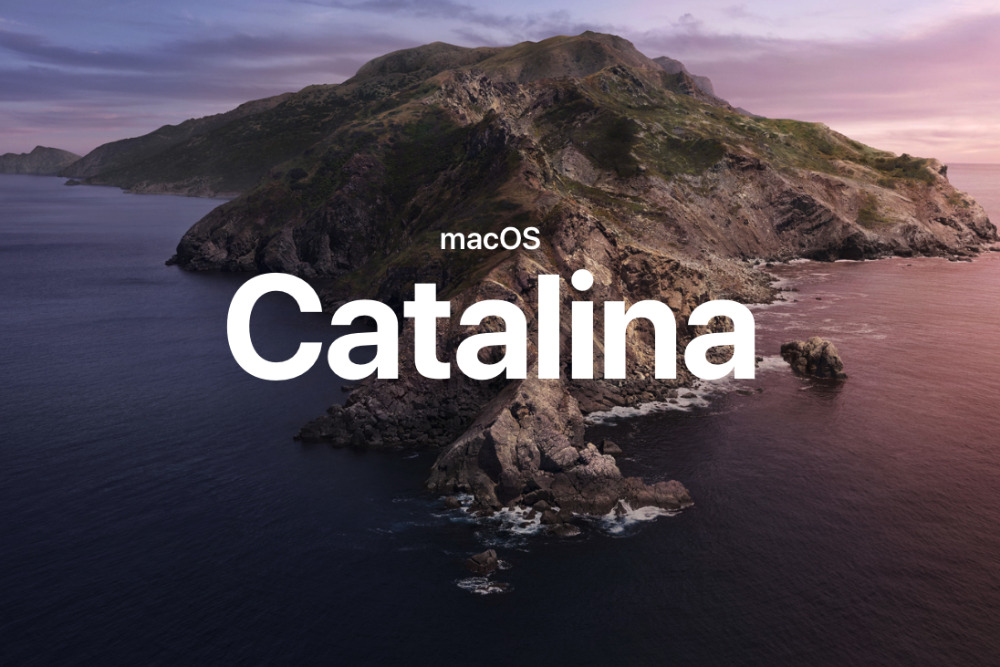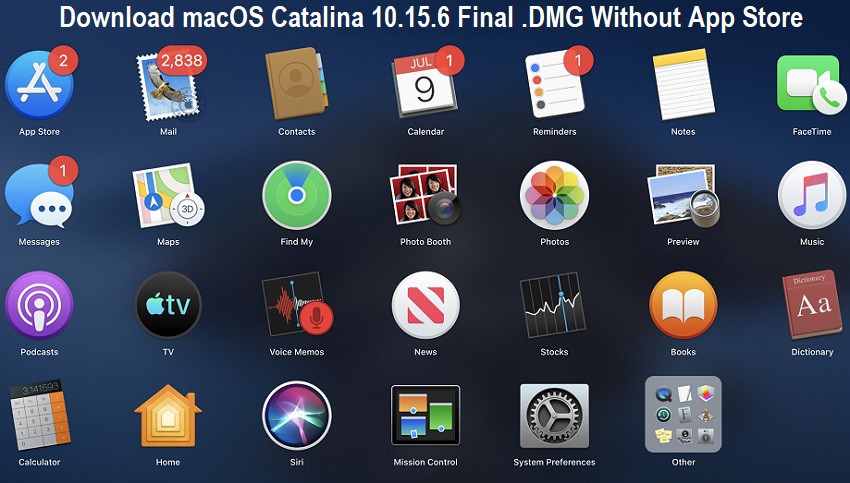Until macOS 10.15 Catalina, Mac users knew: their startup volume was a single volume, just as it appeared! (Okay, for Fusion drive users, there are two physical drives managed by software to appear as a single “disk drive,” but that’s separate from the data organization that is a volume on a drive.)
As I wrote a couple of months ago, Apple relies on a feature in APFS (Apple File System) called “volume group.” This allows macOS to link together two separate volumes to appear as a single drive. Apple chose this method as a way to enhance security, putting read-only system files on one volume and your changeable data, home directory, preference files, and all the rest on another.
But where does this leave you if you want to clone your startup volume and create a backup that can be used as a one-stop shop for restoring a failed drive or Mac, or which can be booted from? Fortunately, all the software you need is up to date.
Details: Aug 13, 2020 DosDude Catalina Patcher is a third-party tool that helps the users to patch the Mac OS Catalina installer on otherwise unsupported Macs. Of course, just because you can do this, doesn’t mean you should, as there’s a good chance that per for mance will be sub-optimal, while Catalina features may depend on modern Mac. The video below demonstrates a tutorial walking through the process of using the DosDude Catalina patcher tool to install the macOS 10.15 system software on an unsupported Mac. If you’re going to attempt to install MacOS Catalina on an unsupported Mac, do so at your own risk, and let us know how it goes in the comments below.
Skyrim steam cd key generator download. Time Machine correctly archives your entire startup volume (as well as other volumes you might specify), letting you restore a Catalina drive as you would a previous version of macOS.
Carbon Copy Cloner ($40) has supported making full clones that boot with Catalina since August 2019. If you haven’t used CCC in a couple of years, you need version 5 for Catalina support.
SuperDuper! ($28) released version 3.3 in November with full Catalina backup and boot support. Its maker, Shirt Pocket Software, has never charged for updates, so if you own any previous release you can download and use the latest version.
This Mac 911 article is in response to a question submitted by Macworld reader John. Homescapes cheats.
Ask Mac 911
We’ve compiled a list of the questions we get asked most frequently along with answers and links to columns: read our super FAQ to see if your question is covered. If not, we’re always looking for new problems to solve! Email yours to mac911@macworld.com including screen captures as appropriate, and whether you want your full name used. Not every question will be answered, we don’t reply to email, and we cannot provide direct troubleshooting advice.
UpdatesImportant Notes:
- Using APFS is REQUIRED in Mojave in order to receive system updates via the normal Software Update method. If you choose to continue using macOS Extended (Journaled) as your filesystem type, you will NOT receive System Updates via System Preferences. If you are not using APFS, you can follow the 10.14.1 installation steps below.
- After applying ANY system update via Software Update, re-applying post-install patches using your Mojave Patcher installer volume will most likely be necessary. If you install a software update and the system fails to boot afterwards, this is what needs to be done.

10.14.6
10.14.6 can be updated normally via Software Update if using an APFS volume, and will need to be patched using an installer volume created with Mojave Patcher version 1.3.2 or later after installing.
10.14.5
10.14.5 can be updated normally via Software Update if using an APFS volume, and will need to be patched using an installer volume created with Mojave Patcher version 1.3.1 or later after installing.
10.14.4
10.14.4 adds new changes that ARE NOT patchable by the post-install tool of Mojave Patcher v1.2.3 and older! Before updating to 10.14.4, you you will need to use the latest Mojave Patcher version to create a new installer volume, using the 10.14.4 installer app. Then, update to 10.14.4, either by installing via Software Update, or by just using the installer volume you've created to install.
Mac Os Catalina Dosdude1 Tutorial
10.14.3If you are currently running 10.14.1 or 10.14.2, you can simply use the Software Update pane of System Preferences (if using APFS) to apply the 10.14.3 update. Once the update is installed, you will most likely need to re-apply post-install patches to get the system to boot again. This process is detailed in steps 8 - 10 above. If you are currently running 10.14.0, you'll need to proceed with the 10.14.1 update method described below.
Was Ist Macos Catalina
10.14.2If you are currently running 10.14.1, you can simply use the Software Update pane of System Preferences (if using APFS) to apply the 10.14.2 update. Once the update is installed, you will most likely need to re-apply post-install patches to get the system to boot again. This process is detailed in steps 8 - 10 above. If you are currently running 10.14.0, or are using a non-AFPS volume, you'll need to proceed with the 10.14.1 update method described below.
10.14.1/macOS Extended (Journaled) volumes
The Mojave 10.14.1 update does NOT install properly on unsupported machines, and could result in an unbootable OS. If you want to install the 10.14.1 update (and are not currently running 10.14.1), perform the following steps:
• Download the latest version of Mojave Patcher
• Download the installer using the Tools menu of Mojave Patcher
• Create a patched USB installer
• Boot from that, and install 10.14.1 onto the volume containing an older release.
• Once done, apply the post-install patches, and you should now be on 10.14.1.
Apa Itu Mac Os Catalina
